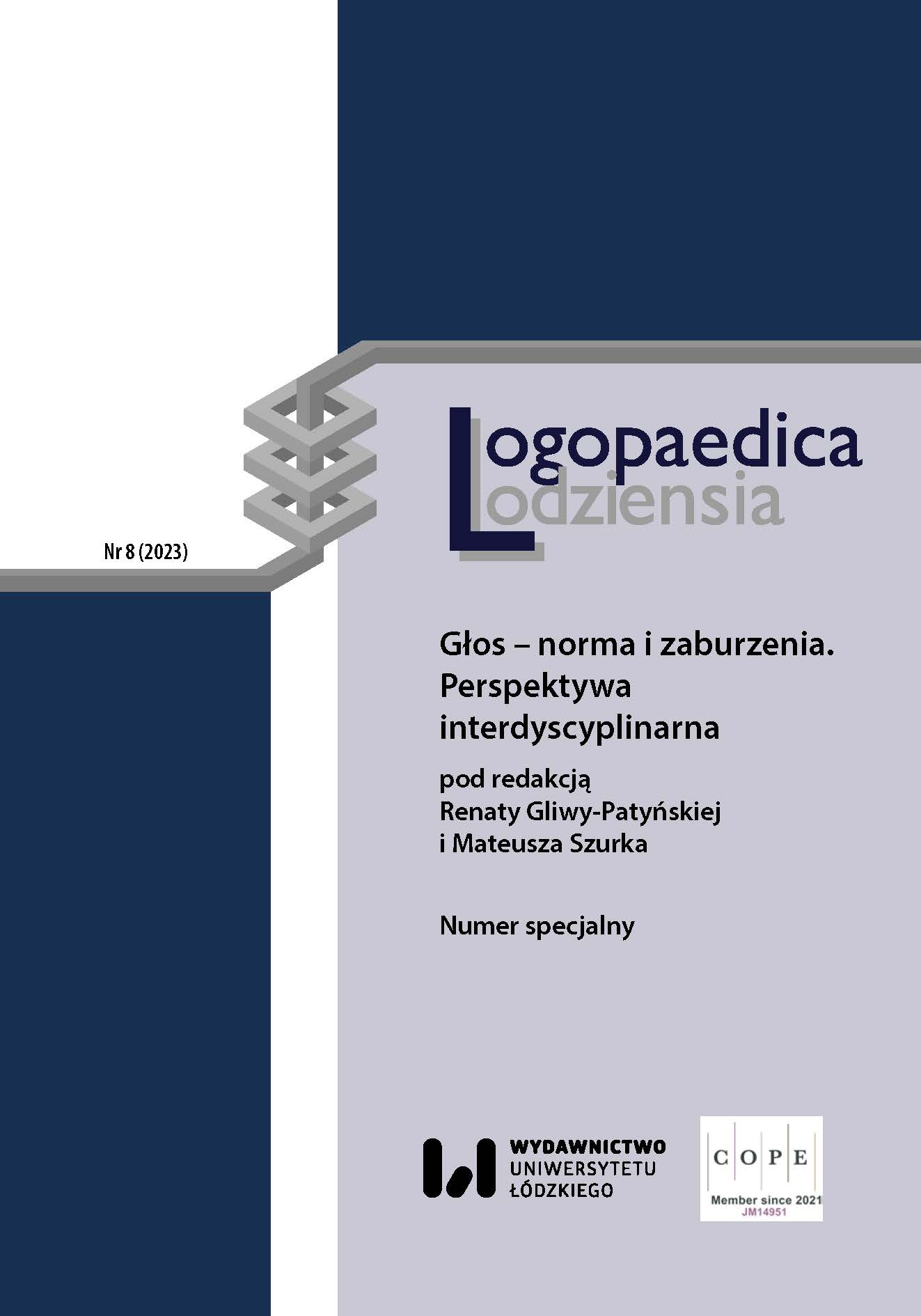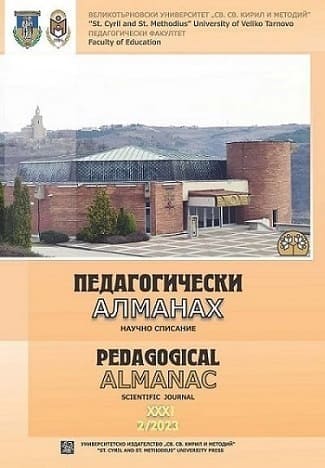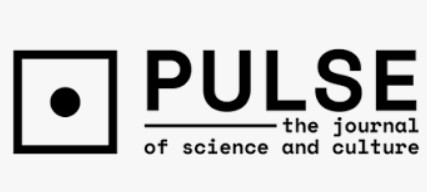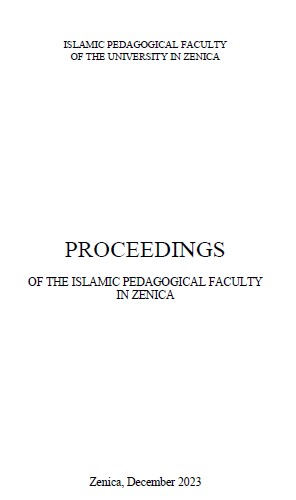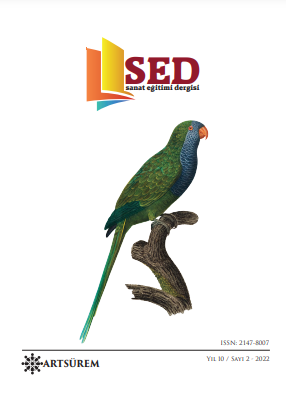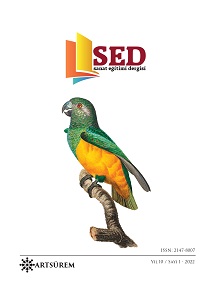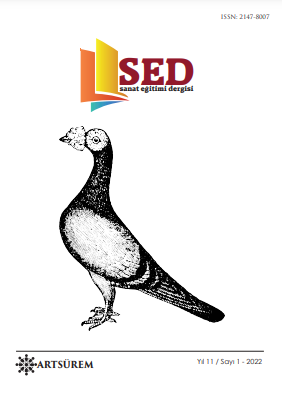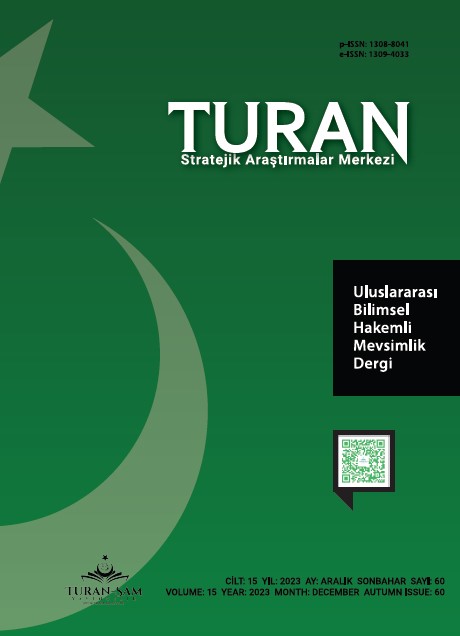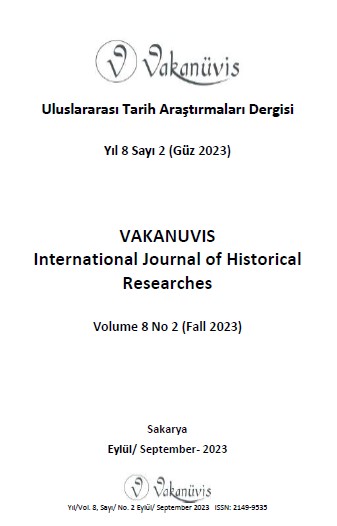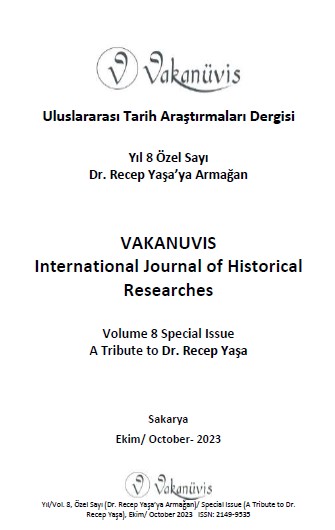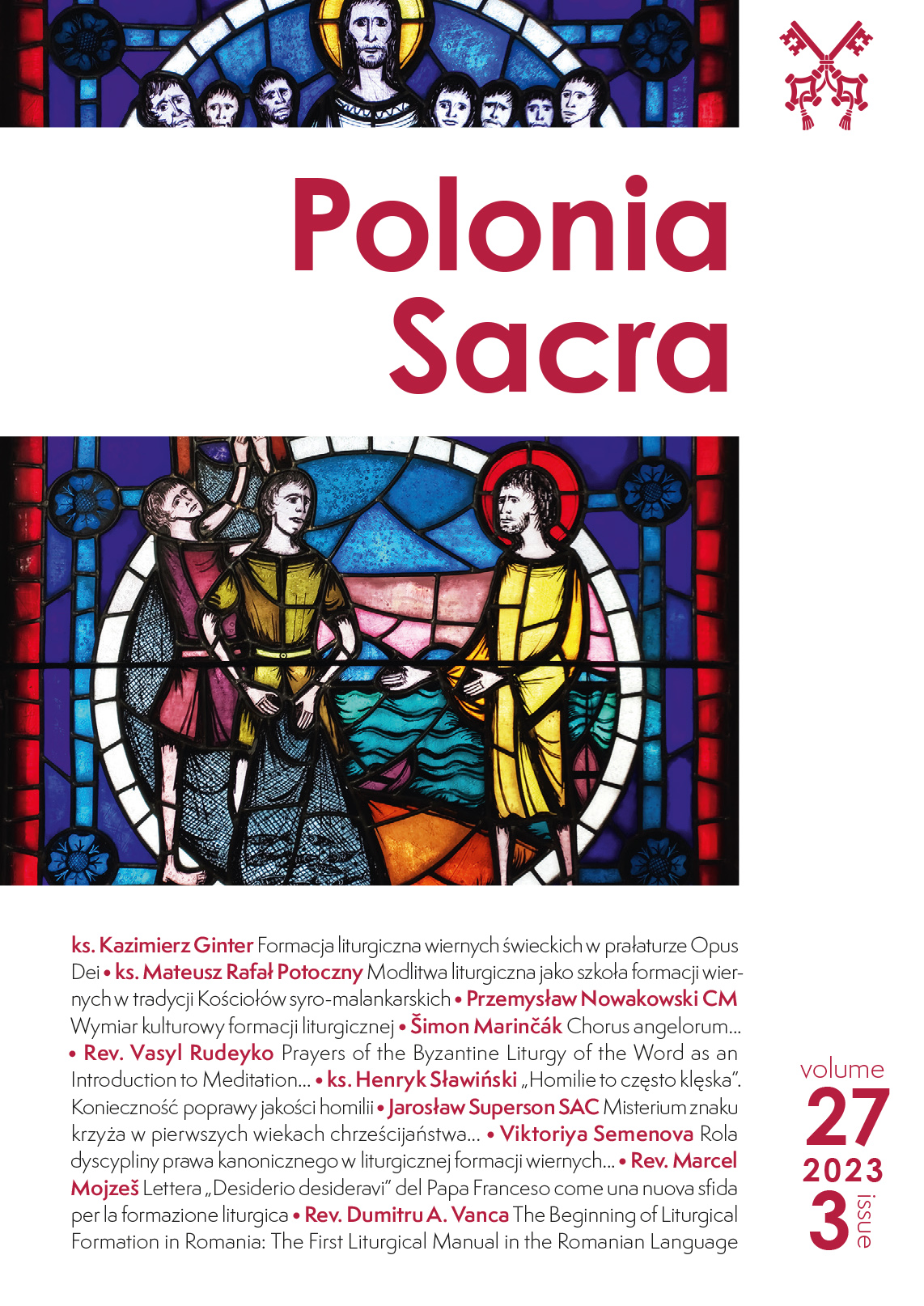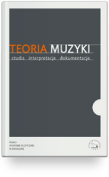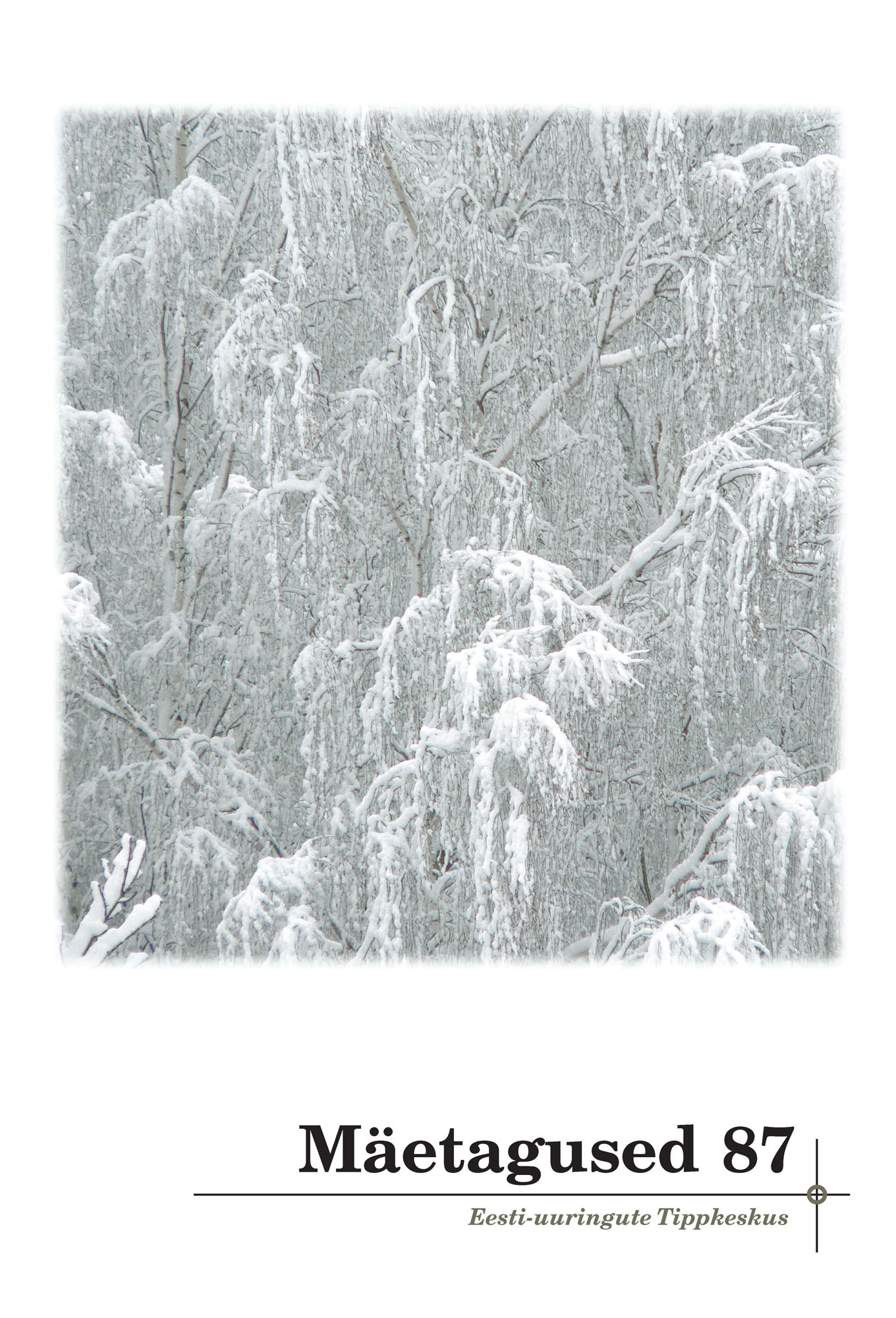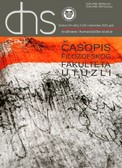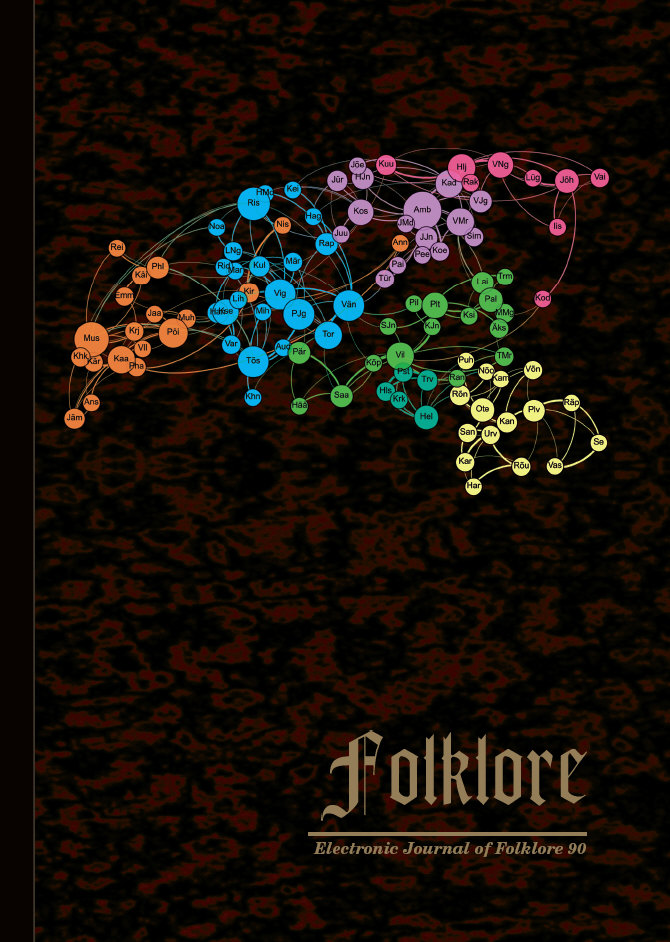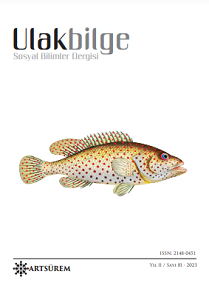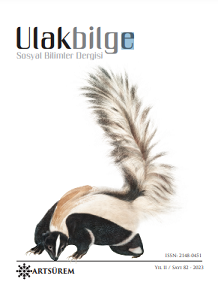Author(s): Allan Vurma,Tuuri Dede,Veeda Kala,Einar Meister,Lya Meister,Marju Raju,Jaan Ross / Language(s): Estonian
Issue: 87/2023
Background. In operatic singing, poor text intelligibility is often a problem. Some voice teachers believe that singers should articulate consonants more strongly to improve intelligibility, while others believe that this should be avoided.
Aim. The objective of this study is to ascertain (1) whether there is a tendency in operatic singing by which, compared to speaking, the intensity of all speech sounds is greater, but the intensity of voiceless plosive bursts increases proportionally less than that of vowels, which may make the recognition of plosives more difficult; and (2) whether pronouncing the bursts of voiceless plosives more strongly would improve their recognition.
Method. The investigation was split into two stages. In the first stage, five classically trained professional Estonian singers (soprano, mezzo-soprano, tenor, baritone, bass) were asked (1) to sing an aria in Italian from a romantic period opera, and (2) to read the text of the same aria. The recordings were segmented on the level of single speech sounds, and the intensity level of each sound was measured with the help of the software Praat. In addition, recordings of sung performances by three Italian singers (two sopranos and a baritone) and examples of spoken text by two different speakers were similarly analyzed.
In the second stage, a perception test with 60 listeners (21 male, 38 female, and one non-binary) was carried out. The listeners were aged between 11 and 74. Seventy-two sequences /a/–/k/–/a/, /a/–/p/–/a/ and /a/–/t/–/a/, sung by a mezzo-soprano on G4, were played to the listeners as stimuli. The listener had to identify the plosive in the middle of each stimulus. The intensity level of the plosive varied in four steps (including one step in which the plosive burst was removed and replaced with silence). To some stimuli sets were added either reverberation (to imitate room acoustics) or pink noise (to imitate masking sounds from accompaniment or ensemble partners); further stimuli sets included the addition of both reverberation and pink noise.
Results. The first stage of the research showed that in the case of the Estonian singers the intensity of the sung vowels was, on average, 14.2 dB greater than that of the corresponding spoken speech sounds, whereas the intensity of the voiceless plosive bursts increased by an average of only 7.1 dB. The intensity difference between sung and spoken speech sounds was similar in the case of Italian vocalists.
Producing the plosive bursts more strongly generally tended to improve the recognition of plosives only when reverberation and/or pink noise were added to the stimuli. The probable cause of lowered recognition is the masking of plosives by the room reflections of the preceding vowels and sounds from the accompaniment and ensemble partners. In the case of /p/, too intense a burst could actually diminish recognition to some extent. The recognition was often above the level of chance even if the burst was removed, indicating that besides the plosive burst some other clues to identify the plosive exist (such as the formants’ glide from the locus of the plosive to the adjacent vowel).
Conclusions. There is no need to pronounce voiceless plosives with exaggerated vigor in singing if the room reverberation is small and there are no masking sounds from other musicians. The exception is /k/, which may remain unidentified if the plosive burst is not perceived. In poorer acoustic conditions, a stronger burst may improve intelligibility. However, the singer should be cautious not to overemphasize the /p/, as this may worsen its recognition.
More...
